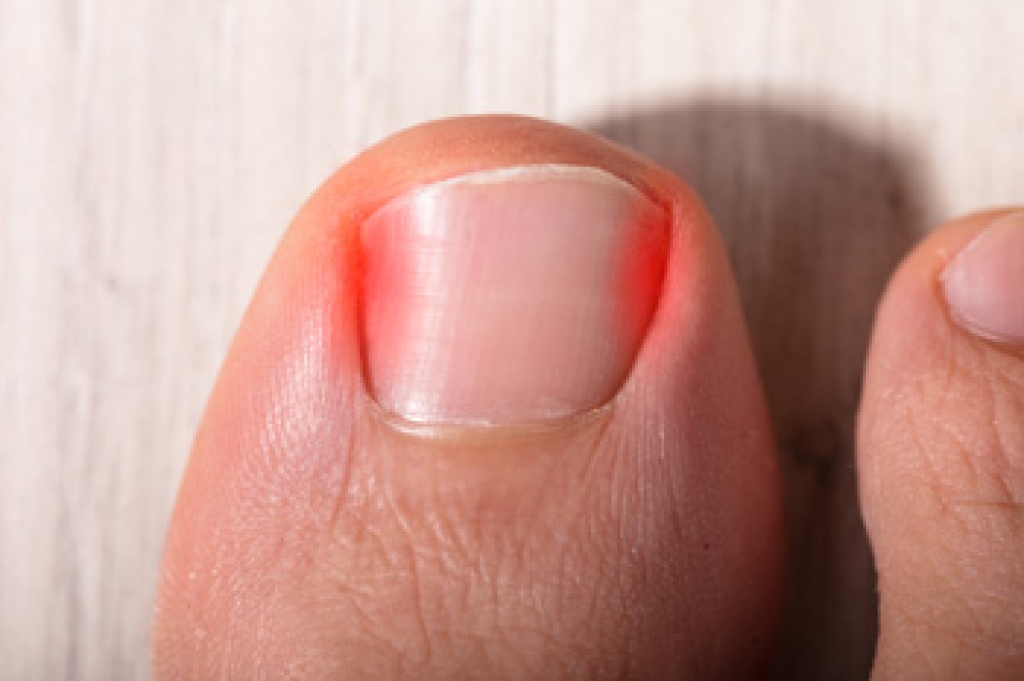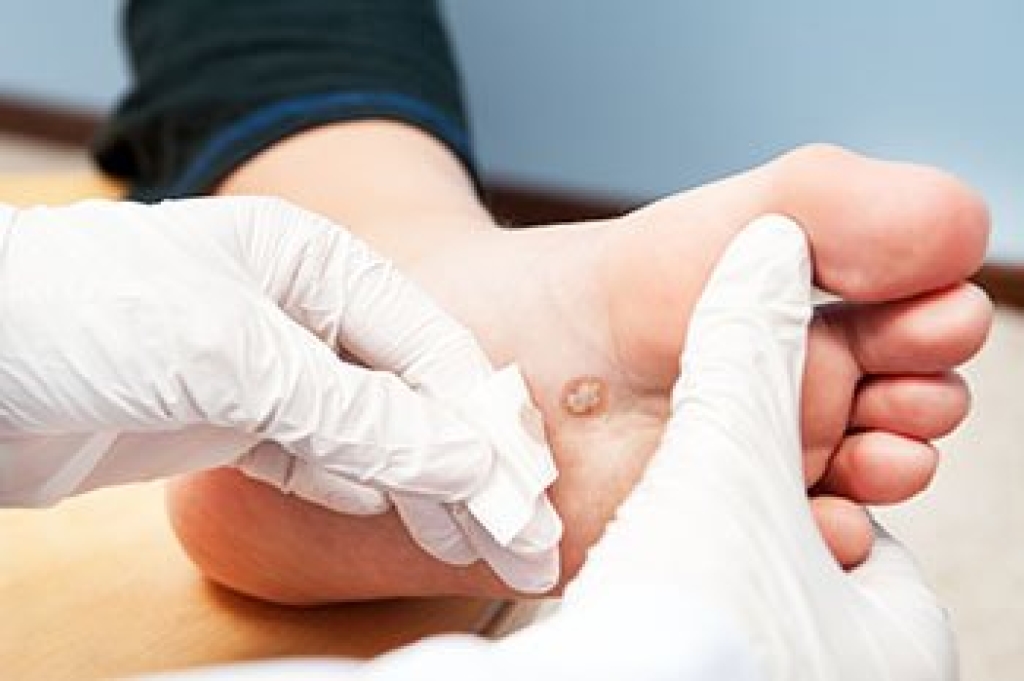
Ingrown toenails can be painful and persistent, but treatment options continue to evolve. Conservative care remains a first step for many. This includes warm salt soaks, gentle lifting of the nail edge, or protective padding to reduce pressure. Proper trimming techniques and footwear changes can also help prevent recurrence. When conservative measures do not bring relief, more advanced options may be considered. Newer treatments include partial nail removal combined with techniques to prevent regrowth along the problematic edge. This offers a long-term solution with minimal discomfort. In some cases, laser or chemical procedures are used to address the nail root directly. With both time-tested and modern approaches available, treatment can be tailored to fit each person’s needs and lifestyle. If you have recurring or painful ingrown toenails, it is suggested that you schedule an appointment with a podiatrist for a diagnosis and treatment deemed best for you.
Ingrown toenails can become painful if they are not treated properly. For more information about ingrown toenails, contact Kent DiNucci, DPM of Ankle and Foot Clinic . Our doctor can provide the care you need to keep you pain-free and on your feet.
Ingrown Toenails
Ingrown toenails occur when a toenail grows sideways into the bed of the nail, causing pain, swelling, and possibly infection.
Causes
- Bacterial infections
- Improper nail cutting such as cutting it too short or not straight across
- Trauma to the toe, such as stubbing, which causes the nail to grow back irregularly
- Ill-fitting shoes that bunch the toes too close together
- Genetic predisposition
Prevention
Because ingrown toenails are not something found outside of shoe-wearing cultures, going barefoot as often as possible will decrease the likeliness of developing ingrown toenails. Wearing proper fitting shoes and using proper cutting techniques will also help decrease your risk of developing ingrown toenails.
Treatment
Ingrown toenails are a very treatable foot condition. In minor cases, soaking the affected area in salt or antibacterial soaps will not only help with the ingrown nail itself, but also help prevent any infections from occurring. In more severe cases, surgery is an option. In either case, speaking to your podiatrist about this condition will help you get a better understanding of specific treatment options that are right for you.
If you have any questions, please feel free to contact our office located in Omaha, NE . We offer the newest diagnostic and treatment technologies for all your foot care needs.



